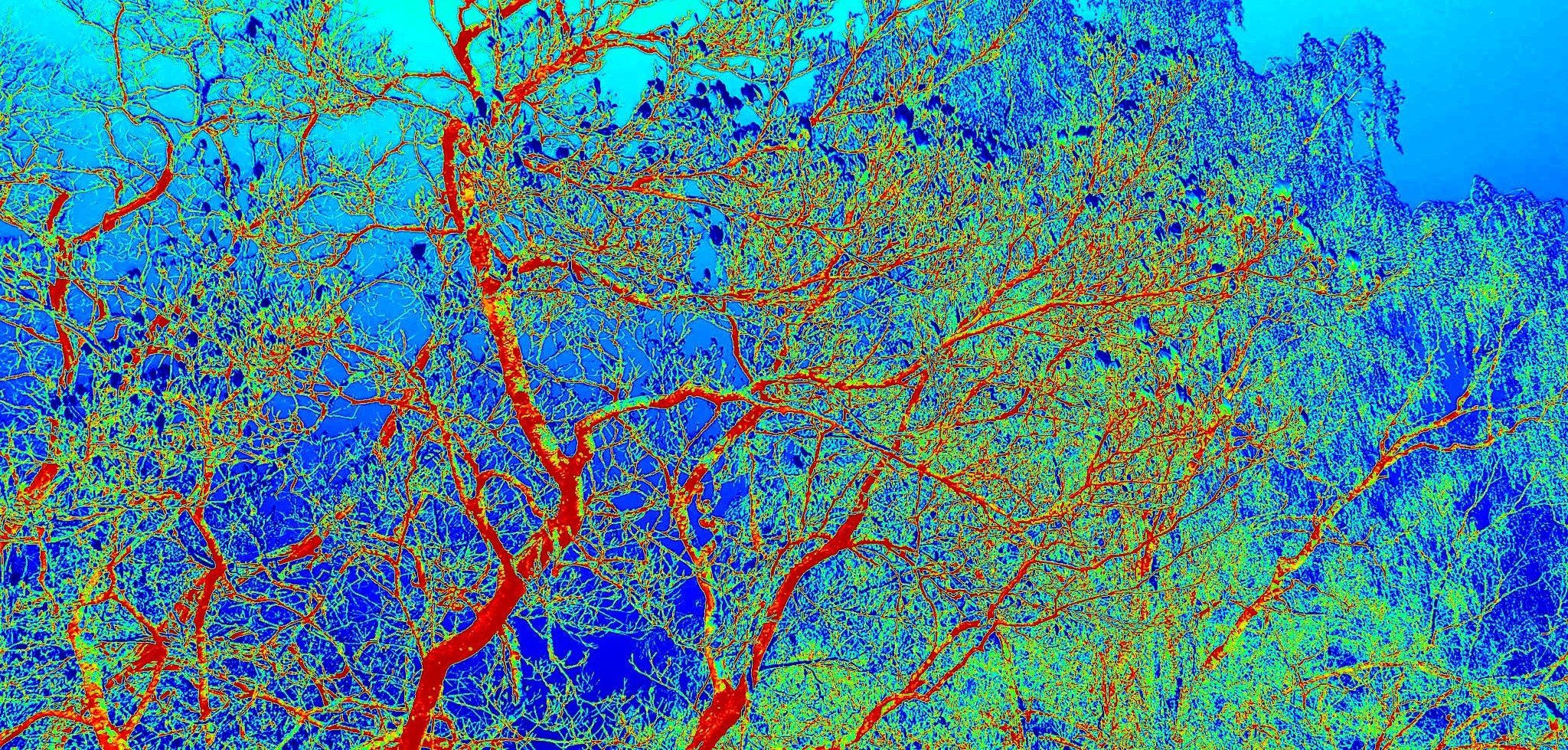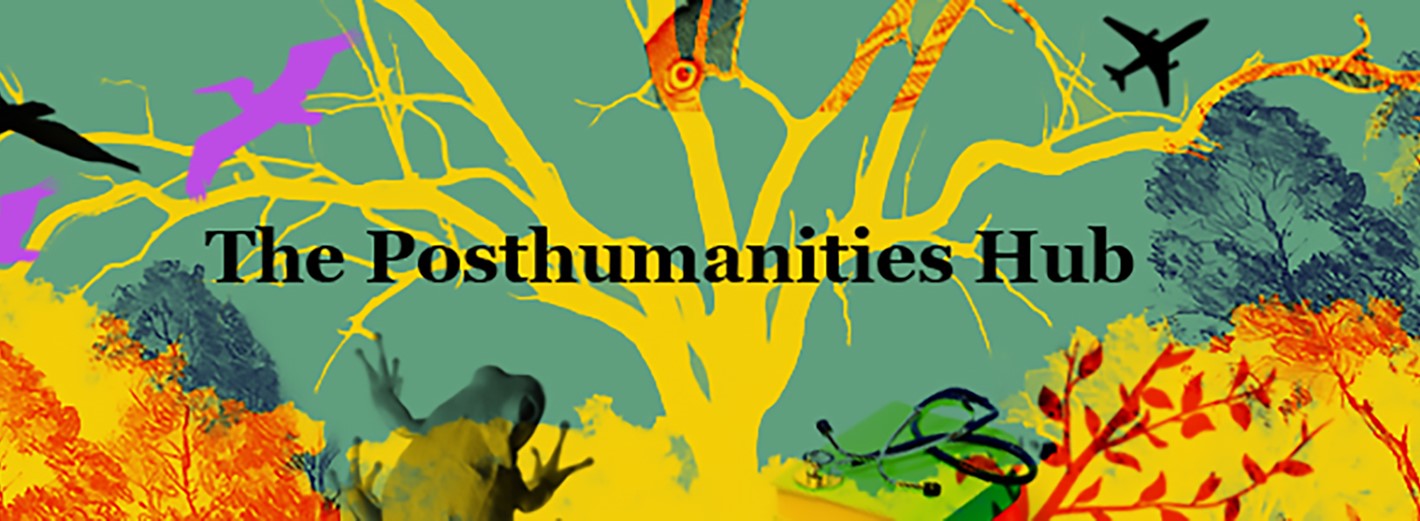-

InterGender PhD/advanced MA course on “Debunking the method-centrism: trans/post/anti-disciplinarity and intermediation in feminist inquiry”
Check out and apply for this new exciting InterGender Consortium and Research School PhD (and advanced MA) course on “Debunking the method-centrism: trans/post/anti-disciplinarity and intermediation […]
-
“(Bio)art & ecologies of non/living matters: A conversation between visual artist Emanuela Cusin and philosopher Marietta Radomska.” An event at the University of Birmingham
Join us for this fantastic even organised by the ERC project ‘Urban Terrorism in Europe (2004-19): Remembering, Imagining, and Anticipating Violence’. Location: Online Date: Thursday […]
-

More-than-human Conversations BLOG SERIES: Dr Evelien Geerts on “The more-than-human materializations of violence, remembrance, and times of crisis”
The Posthumanities Hub is more than just a research group. It is a lively research environment across various borders, a platform, and a network of networks […]